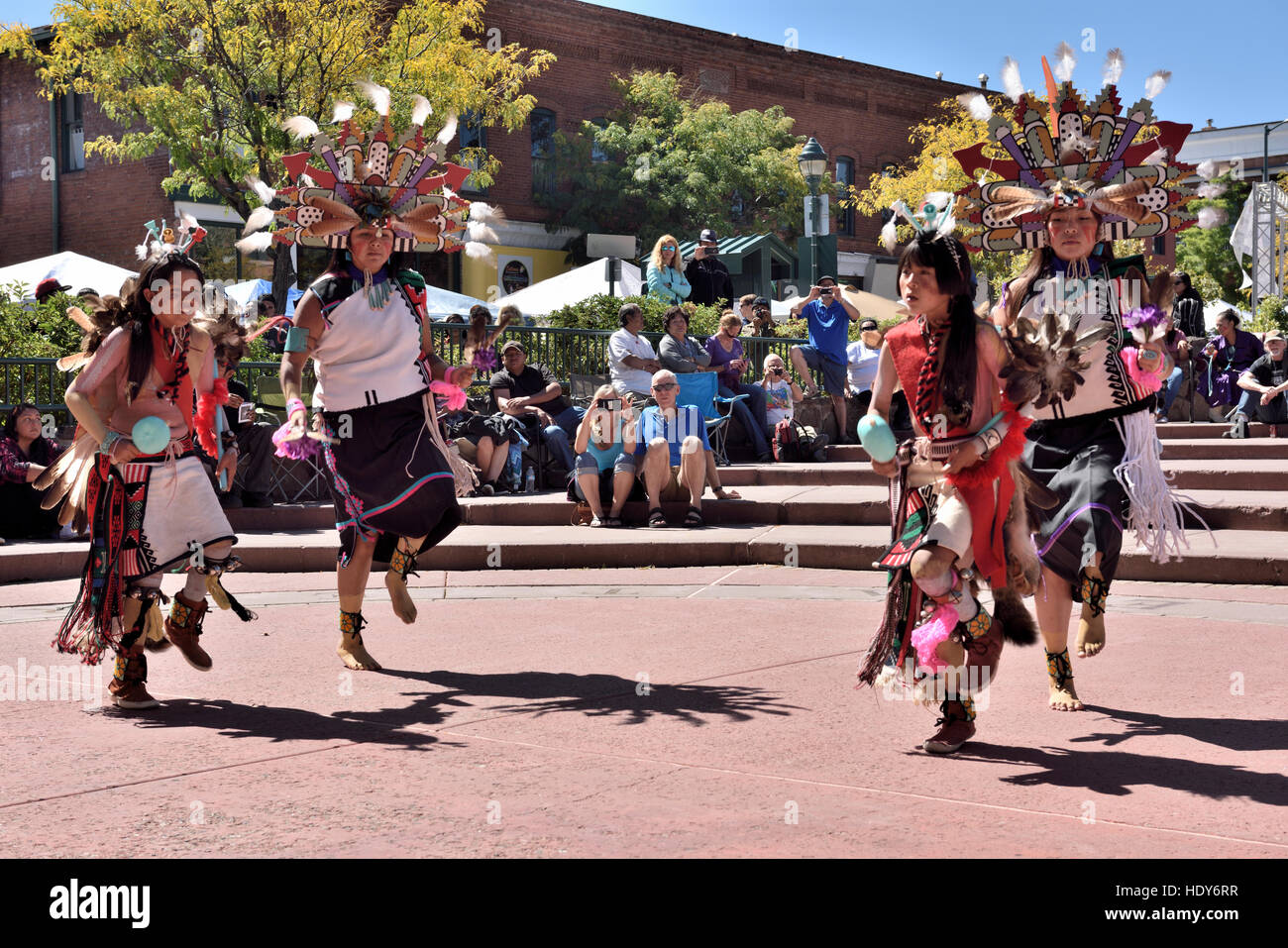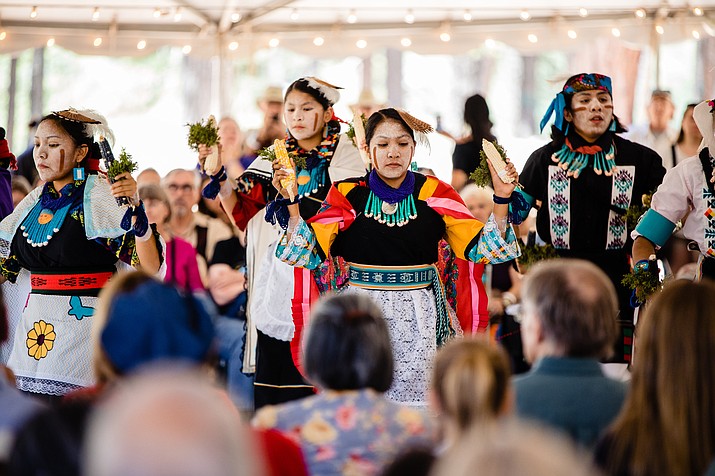
Guardians of the Ancient Way: The Hopi’s Enduring Quest for Cultural Preservation in Arizona
High atop the sun-drenched, windswept mesas of northeastern Arizona, where the vast desert sky meets an ancient, enduring landscape, live the Hopi people. For millennia, they have cultivated this arid land, their existence deeply intertwined with the cycles of nature, the wisdom of their ancestors, and a profound spiritual reverence for the earth. Their reservation, a sovereign nation encompassing just over 1.5 million acres, is not merely a geographic location but the living heart of a culture that has resisted assimilation, weathered colonial pressures, and continues to thrive against the currents of modernity. Today, the Hopi face a complex and multifaceted endeavor: the preservation of their unique culture, language, and traditional way of life, a quest that resonates far beyond their remote mesas.
The Hopi, whose name translates to "peaceful people," embody a philosophy of living in harmony with all things. Their society is rooted in a matriarchal clan system, an intricate web of kinship that dictates social roles, ceremonial responsibilities, and even land ownership. Villages like Old Oraibi, perched precariously on Third Mesa, are among the oldest continuously inhabited settlements in North America, a testament to their incredible resilience and deep historical roots, dating back over a thousand years. Their world view is holistic, where religion, agriculture, art, and daily life are inextricably linked. Corn, in particular, is not merely a crop but a sacred relative, the very essence of their physical and spiritual sustenance. Its cultivation through sophisticated dry-farming techniques, often planting seeds up to 12 inches deep to reach subterranean moisture, is a testament to generations of adaptive knowledge.
However, even a culture as deeply rooted as the Hopi’s is not immune to the pressures of the modern world. The preservation effort is a response to a constellation of challenges, each threatening to erode the fabric of their ancient way.
One of the most critical threats is the erosion of the Hopi language. Hopi is a Uto-Aztecan language, distinct and complex, with nuances that convey their specific worldview and ceremonial knowledge. For generations, it was the primary language spoken in homes and communities. However, with the pervasive influence of English through media, education, and economic necessity, fewer young people are growing up speaking Hopi fluently. "Our language is more than just words; it’s the song of our ancestors, the key to our ceremonies, and the way we understand our place in the universe," explains a hypothetical Hopi elder, reflecting a sentiment widely held. "When the language goes, a piece of our soul goes with it."
Youth out-migration and the allure of urban centers also pose a significant challenge. Economic opportunities are limited on the reservation, prompting many young Hopi to seek education and employment elsewhere. While some return, others integrate into broader American society, sometimes losing touch with their cultural heritage. This demographic shift can lead to a gap in the intergenerational transfer of knowledge, leaving fewer younger individuals to learn the complex ceremonial cycles, traditional crafts, and agricultural practices from their elders.

The impact of climate change further exacerbates their vulnerabilities. The Hopi’s ancestral dry-farming methods are intricately adapted to the arid Southwest, relying on seasonal rains and snowmelt. Increasingly unpredictable weather patterns, prolonged droughts, and flash floods threaten their ability to grow their sacred corn, beans, and squash, jeopardizing both their food security and the very foundation of their cultural practices. Water scarcity, already a critical issue in Arizona, adds another layer of complexity, particularly as the Hopi assert their water rights against competing demands.
Furthermore, the double-edged sword of tourism and external interest presents a delicate balancing act. While tourism can provide economic opportunities and foster greater understanding, uncontrolled access can lead to the commodification of sacred practices, disrespect for cultural norms, and an invasion of privacy. The Hopi have long been protective of their ceremonies, particularly the Kachina dances, which are not performances but sacred rituals vital to their spiritual well-being. Balancing the need for cultural privacy with the desire to share their story and arts is an ongoing challenge.
In response to these formidable challenges, the Hopi have launched a diverse array of initiatives, both community-led and institutionally supported, to safeguard their heritage.
Language revitalization programs are at the forefront of these efforts. Schools on the reservation, like Hopi High School, are integrating Hopi language instruction into their curriculum, moving beyond basic vocabulary to teach fluency and cultural context. Immersion programs for children and adults are being developed, utilizing modern pedagogical techniques alongside traditional teaching methods. Digital tools, such as online dictionaries and language learning apps, are also being explored to make the language accessible to a wider, younger audience. The goal is not just to teach words, but to restore Hopi as a living, breathing language of daily interaction.
Cultural centers and museums play a vital role in preserving and presenting Hopi culture. The Hopi Cultural Center on Second Mesa, for instance, houses a museum, an arts and crafts shop, and a restaurant serving traditional Hopi food. These institutions serve as repositories for artifacts, oral histories, and artistic traditions, providing a space for both Hopi people to connect with their heritage and for outsiders to learn with respect. They are crucial for documenting clan histories, ceremonial protocols, and the intricate knowledge systems that have been passed down for generations.
The preservation of traditional arts and crafts is another cornerstone. Hopi pottery, basket weaving, Kachina doll carving, and silverwork are not just aesthetic expressions but hold deep cultural and spiritual significance. Efforts include workshops to teach younger generations these skills, ensuring that the intricate designs and techniques are not lost. These arts also provide economic opportunities for Hopi artisans, allowing them to sustain themselves while continuing their cultural practices. "When I carve a Kachina, I’m not just making a doll; I’m connecting to the spirit world, to my ancestors," says a hypothetical carver, highlighting the spiritual dimension of their craft.
Revitalizing ancestral dry-farming techniques is crucial for both food sovereignty and cultural continuity. Elders and community leaders are actively engaging youth in traditional agricultural practices, teaching them how to read the land, understand the subtle signs of nature, and plant in a way that respects the delicate ecosystem. This includes preserving traditional seeds, which are adapted to the unique climate of the mesas. These efforts are not just about growing food; they are about maintaining a sacred relationship with the earth and reinforcing the spiritual significance of corn.
Digital archiving and documentation initiatives are also gaining traction. Recognizing the fragility of oral traditions in a rapidly changing world, the Hopi are carefully exploring ways to record oral histories, songs, and ceremonial knowledge, ensuring that these invaluable resources are preserved for future generations. This is approached with great sensitivity, as many aspects of Hopi culture are considered sacred and not for public consumption, requiring careful consideration of what can and cannot be shared.
Furthermore, the Hopi continue their tireless advocacy for land and water rights, understanding that the physical landscape is intrinsically linked to their cultural survival. Protecting sacred sites from desecration and ensuring sustainable access to water are not merely legal battles but fundamental struggles for their very existence as a distinct people.

The Hopi story is one of profound resilience, adaptation, and an unwavering commitment to their ancient ways. Their quest for cultural preservation is not a static endeavor to freeze time, but a dynamic process of adapting tradition to modern challenges, ensuring that the flame of their heritage continues to burn brightly. As the sun sets over the Arizona mesas, casting long shadows across ancient dwellings, the whisper of the wind carries not just sand, but the enduring spirit of a people determined to keep their language alive, their ceremonies vibrant, and their connection to the land unbreakable. The Hopi’s journey offers a powerful lesson to the world: that true progress lies not in forgetting the past, but in honoring it, and in weaving its timeless wisdom into the tapestry of the future.

